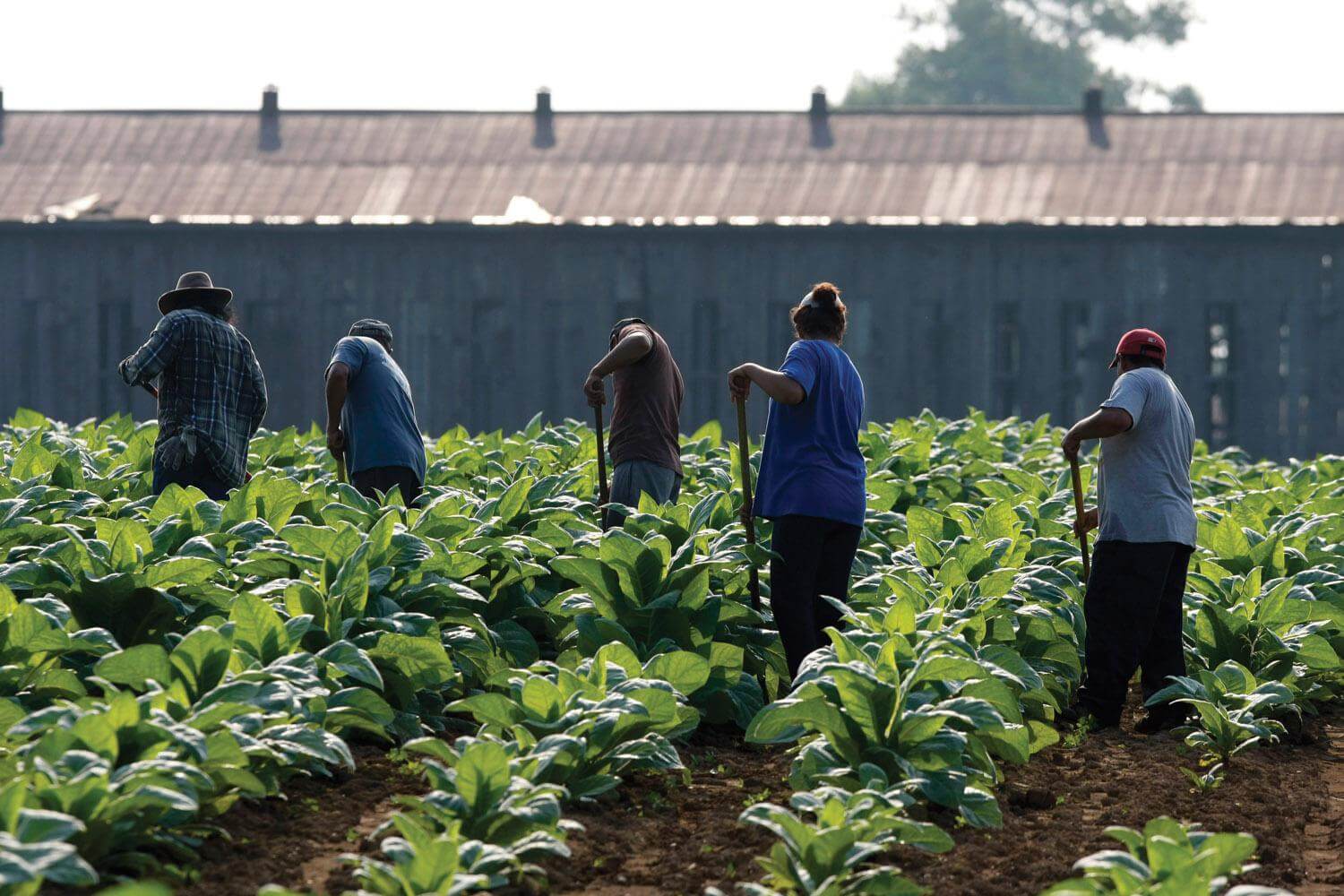Vidya Sethuraman
India Post News Service
Kern County is one of the top ranked counties in agricultural production in California, and in the nation. Over 250 crops are produced in Kern County, ranging from cotton to potatoes, pistachios to grapes, pomegranates to roses. There are also many dairies, poultry farms and cattle ranches in the region.
Kern County is at a turning point with the pandemic — access to vaccines is widespread, but there is still distrust and misinformation among workers in the farm fields and food processing plants. Agricultural workers still have the lowest vaccination rates among all other essential workers. People worry about turning the electricity on, paying grocery bills, getting evicted, more than they worry about COVID. The complexities of the landscape in Kern reflect what decision makers need to know about the reality for agricultural workers across the Central Valley. During the EMS briefing on Oct 20 experts discussed the situation at ground zero.
California reported nearly 80-percent of the population over 12 years of age is fully vaccinated against COVID-19. In Kern County, public health reported 51% of the eligible population is fully vaccinated against the coronavirus. The local health department says 373,279 people have been vaccinated in Kern County compared to 547,372 who have not. Broken down by age, 20,876 people younger than 18 have contracted COVID-19, along with 83,115 people aged between 18 and 49, 24,134 people between the ages of 50 and 64 and 12,148 people over 65.
Edward Flores, Assistant Professor of Sociology and co-director of the UC Merced Center on Labor and Community said COVID-19 travels through tightly congested work environments or overcrowded housing. We know that specifically for farm workers, many of them live in camps and labor camps or they live in large households with many other farm workers. Low-wage workers and their communities have been put at higher risk of virus exposure, with Blacks and Latinos suffering the highest rates of infection and death. It’s also afflicting the people in the households that they live with, because if they contract COVID in the workplace and they come back to a home that has many more people, that has different public health implications than if they had a smaller household size. Policymakers must also innovate health and safety reforms focused on the workplace and provide a greater safety net for workers, added Edward.
Juana Montoya, Lideres Campesinas community organizer said, working conditions in the field are not the best. The heat during the summer made me sick a few times and the winter felt so cold, working outdoors a year ago, during the pandemic. About the vaccine, when we are educating the community, we tell them there is no chip to track them, there is no negative effect, you don’t lose your fertility, and we create a trust with them and many of them who have told us that after hearing us giving them the information they will get vaccinated. Immigration status is also why many have not gotten the vaccine.
Deep Singh, Jakara Movement (impact for Punjabi food processors) spoke about the presence of Punjabis in the food processing plants, particularly in Kern and the Central Valley. The single biggest factor at the macro level has been what the employer has done. In some of the larger plants it has been tied to fear for labor shortages than necessarily the welfare of their workers. But those that have created situations, in some ways almost even have mandated vaccinations, have had a high uptake, and those include some of at least the Punjabi families that we work with,” said Singh. Some of them, for political reasons, for various reasons, have adamantly actually not made the vaccination available.
Experts at the briefing echoed develop and reiterate consistent, culturally and linguistically appropriate public health and safety messaging; do not leave non-English speakers as an afterthought. Testing and vaccination services need to be offered during days of the week and times of day that accommodate farm workers’ schedules.







